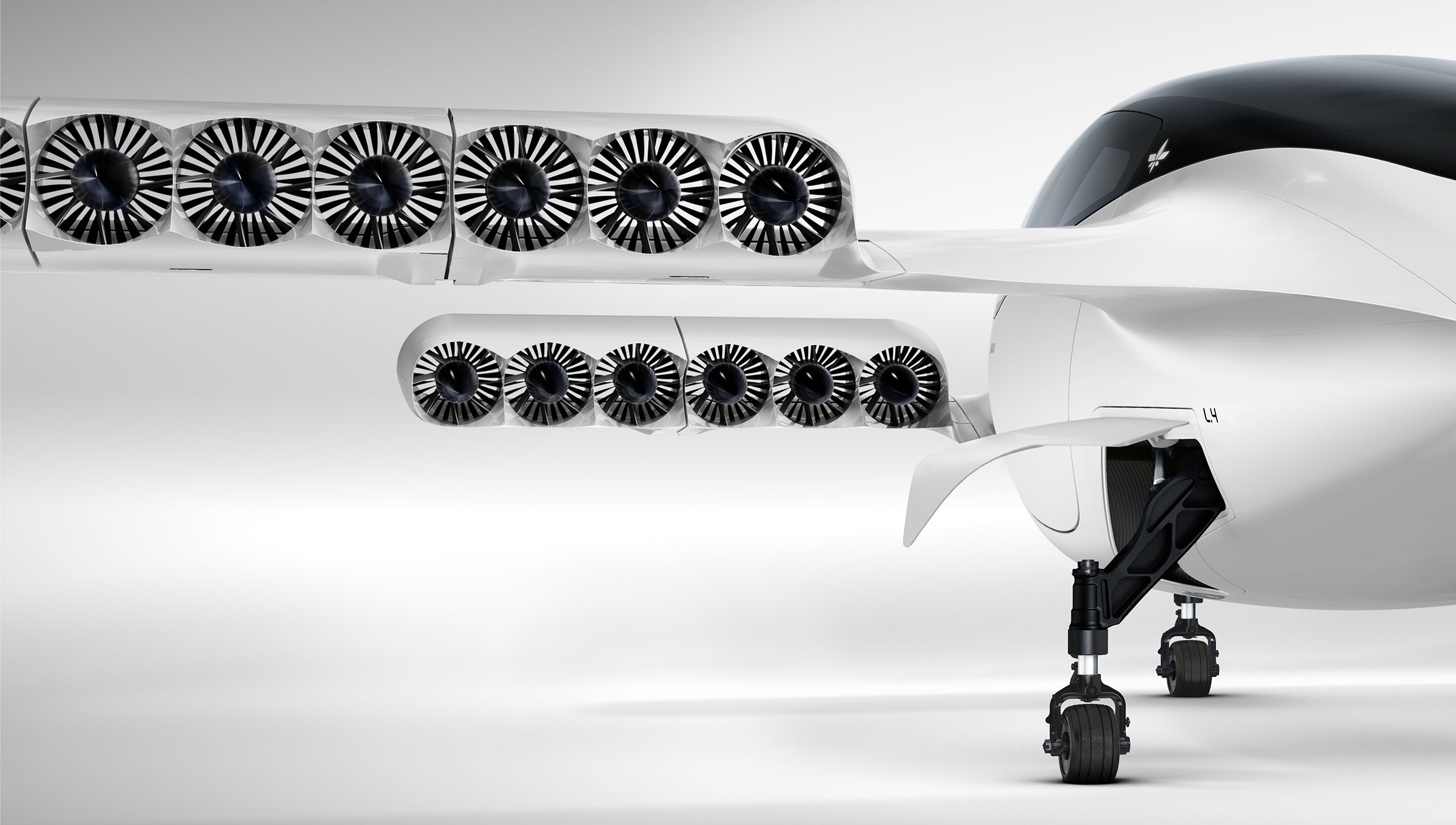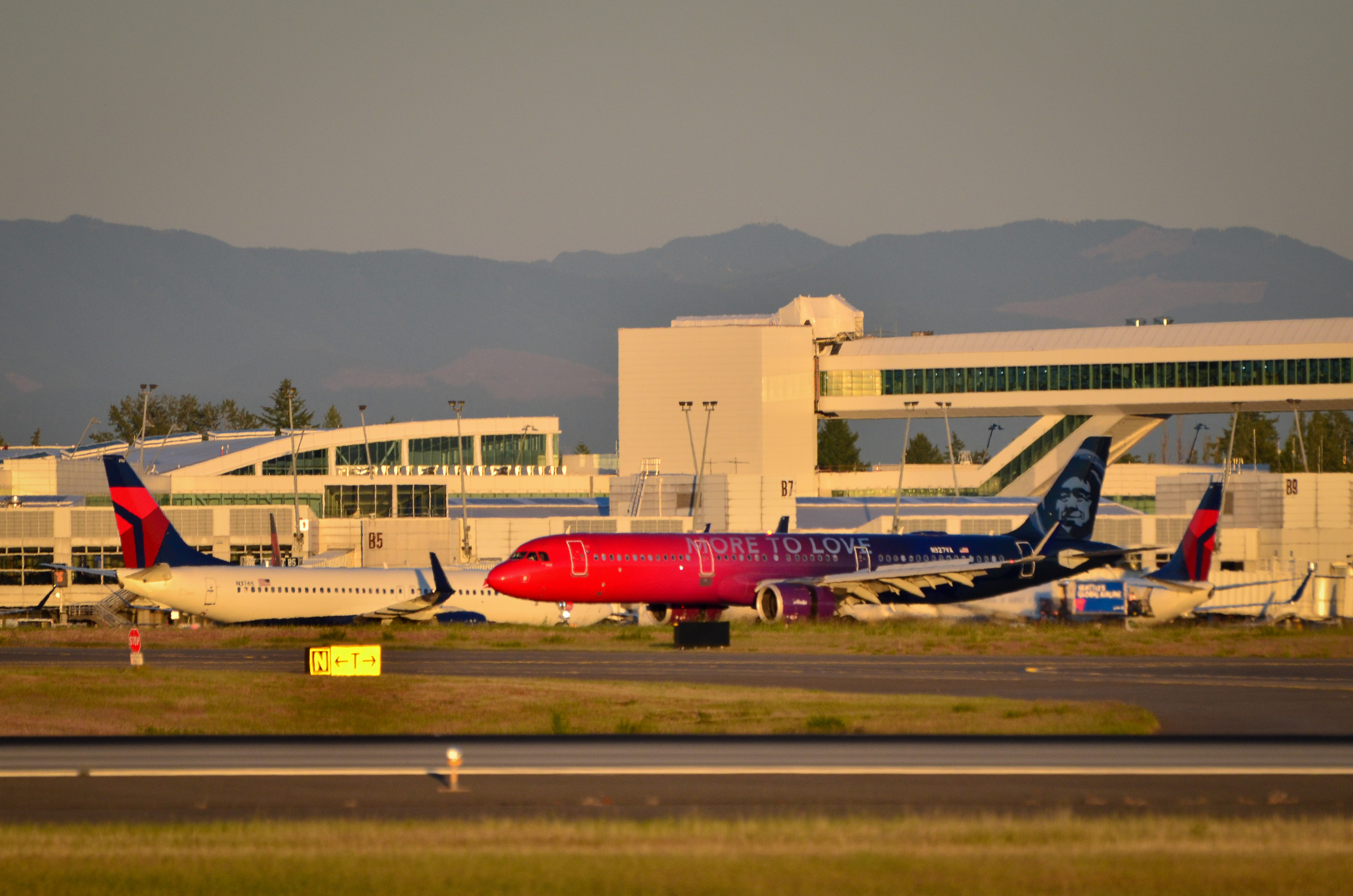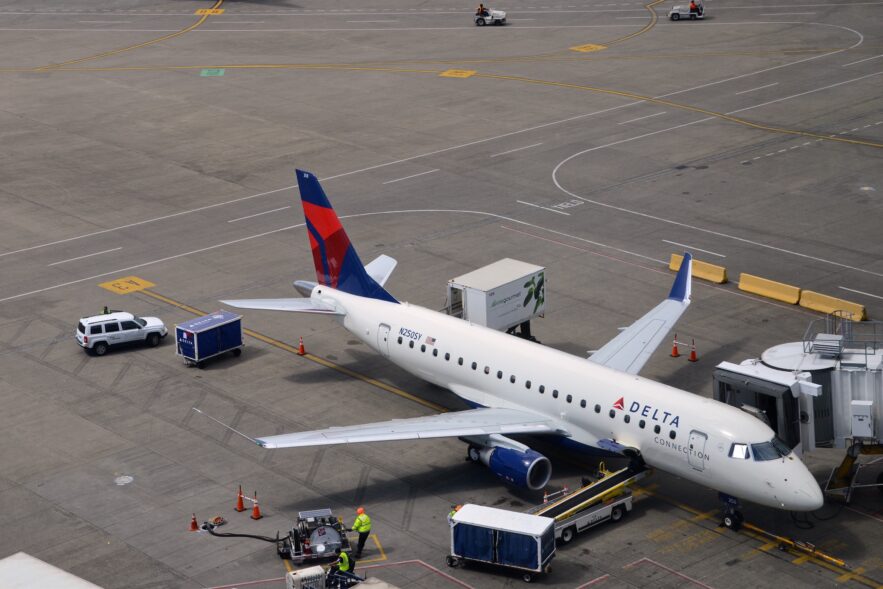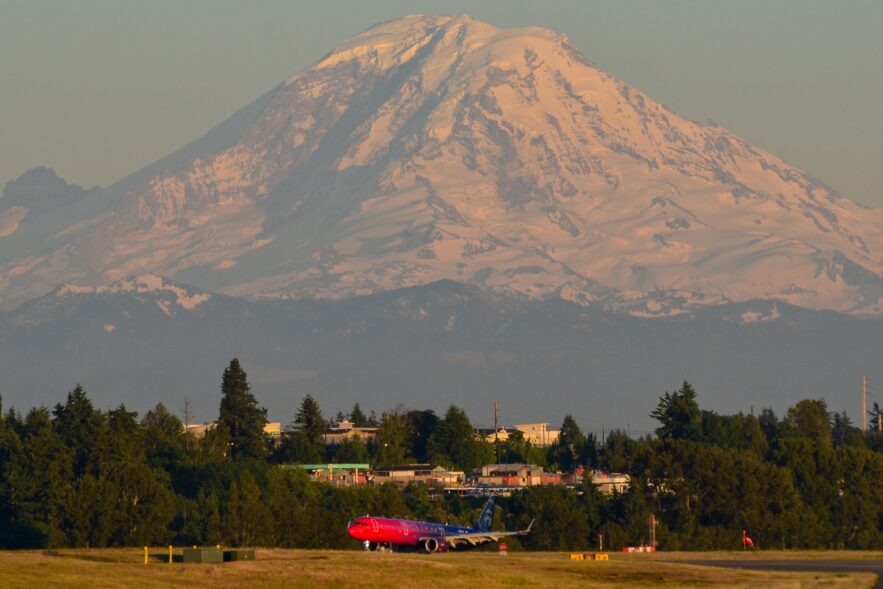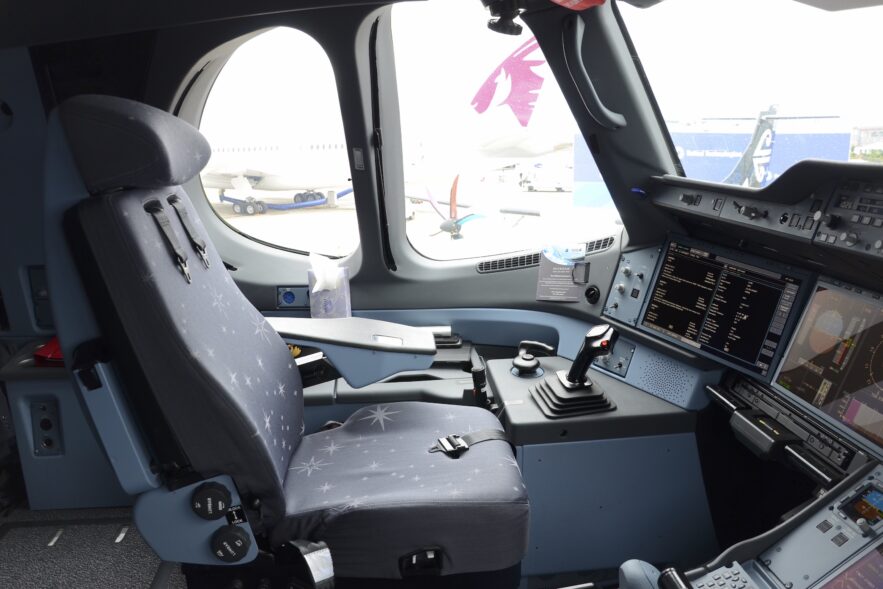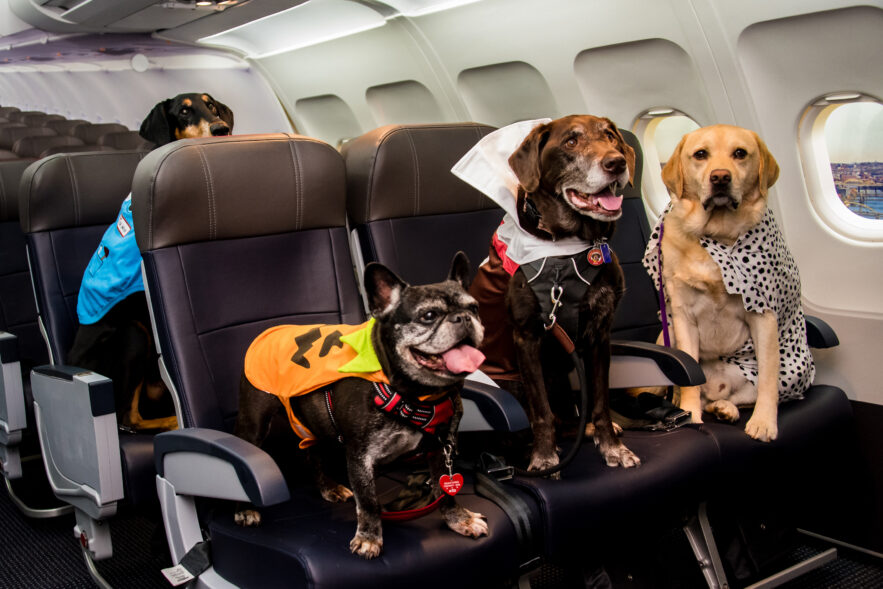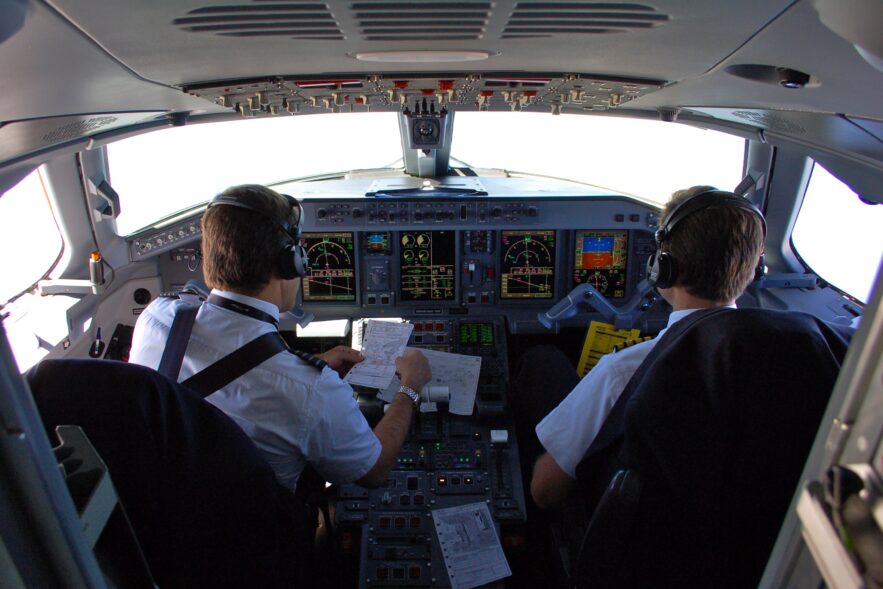Log-in here if you’re already a subscriber Release DateMay 12, 2022The pilot shortage is spreading beyond the regional airlinesPurchase a...
Log-in here if you’re already a subscriber Release DateApril 6, 2022Frontier wins in JetBlue-Spirit dealPurchase a PDF of this analysis...
While such deals across the rising eVTOL industry seemingly represent a new aerospace business model in which customers have a stake in the overall success of the product, a detailed review of securities filings and other fine print by The Air Current reveals a far more transactional arrangement. Airlines are lending their branding and credibility in exchange for a possibly lucrative piece of a buzzy market, regardless of whether or not an aircraft will be delivered or even formally ordered.
Jon Ostrower and Elan Head·
It's been a frenetic week for fleet moves. Alaska Air is formally removing the asterisk on its Proudly All Boeing moniker, Delta got an all-new aircraft type, Air Canada's getting in line for early A321XLRs and the FAA is putting a significant question mark over the availability of the 737 Max 10. After the crash of China Eastern 5736, The Air Current compares historical high rates of descent for key air accidents. It's an important dose of perspective in the early phases of the investigation into what brought down the 737-800. Whisper Drone charts a course for high-speed electric flight. TAC spoke with Whisper Aero founder Mark Moore about its new drone testbed and its prospects as a promising early application for its ultra-quiet electric propulsors.
NetJets and FlightSafety International – both units of Warren Buffett’s Berkshire Hathaway – have jumped into the electric vertical take-off and landing market, announcing plans for a strategic partnership with the German eVTOL developer Lilium. Buffett’s aviation investments have been stretched across the aerospace chain and with varying success.
Chorus Aviation is acquiring Falko Regional Aircraft, kicking off a fresh round of consolidation in the leasing space -- this time among those who focus on regional aviation.
The Federal Aviation Administration and U.K. Civil Aviation Authority have started working toward a bilateral agreement for the future certification and validation of eVTOL aircraft. It’s a post-Brexit signal that the CAA is not looking exclusively to Europe for guidance.
A backlog with available delivery slots is both a curse and a blessing, And that’s how Allegiant Air picked its horse.
Today, the same intuition that initially drove the networks to preserve breadth – the points on route maps – through flying smaller aircraft has shown a recent shift away from the regional aircraft. The recent new trend signals a potential change for the regional aircraft industry, and for the small communities that rely on a connection to the world’s aviation system.
Beyond labor shortages, constrained maintenance capacity, and a still-significant portion of the world’s fleet parked, a previously unthinkable challenge faces the industry as the global economy marches on. We may not have enough airplanes.
TAC Analysis details its 2022 forecast in two parts, continuing with the obstacles and opportunities facing airlines heading into the new year. The United States traffic doubled in 2021, rebounding as passengers continue to return to the skies, but the remaining recovery will be paced by the airlines’ ability to accept it. Touching 89% of 2019 levels on Thanksgiving weekend, we expect the recovery to stall, ending 2022 still below 100%.
A pilot shortage is shaping the debate over single-pilot cockpits, while Airbus CEO grabs aviation’s third rail with both hands.
TAC Analysis details its 2022 forecast in two parts, beginning with an examination of how 2021 unfolded. Domestic U.S. load factors returned to 2019 levels during the summer season, filling the available capacity to the brim. As demand continues to return without sufficient capacity to keep pace, fares have already returned to 2019 levels, a trend expected to continue in 2022.
In this TAC Analysis, we revisit the potential re-arrival of a pilot shortage, and how it may quickly become the limiting factor in the recovery. Crucially, while regional airlines were a welcome source of strength during the COVID pandemic, the lack of pilots in the United States could quickly turn the strongest regional jet market on its head. At play are both the near-term effects of staffing flight decks affecting the world, as well as the long-term challenges unique to the United States -- where pilot supply issues have already exposed an acute operational strain on the system.


